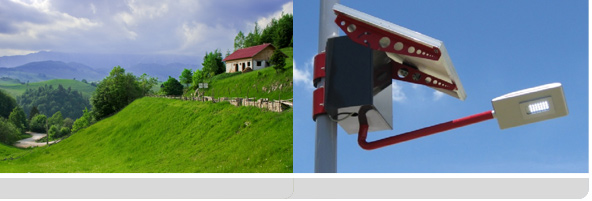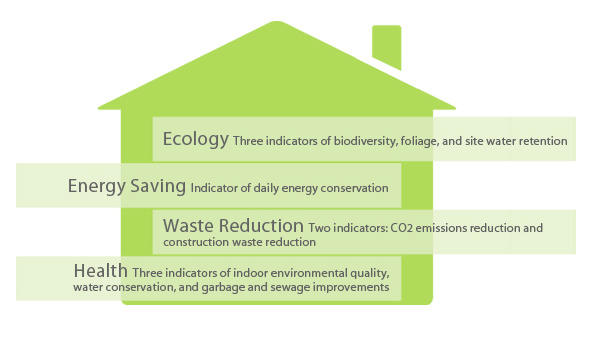
Embracing Green Energy; Pledging to be an Energy Conservation Pioneer

Green Architecture and Integrated Energy Conservation, Carbon Reduction, Environmental Protection, Life Support
Energy conservation system plays a high weight in the rating of Green buildings in the US Leadership in Energy & Environmental Design (LEED). We have promoted green buildings and solar power solutions in Taiwan, and are encouraging the development of environmental protection and energy conservation enterprises in China. In order to promote the construction of green buildings, China has announced the "National Green Building Innovation Prize Cooperation Memorandum" and the "Memorandum on Promoting Energy Conservation in Architecture to Protect the Climate." We are therefore strengthening cooperation and cultivating professional manpower and the field of energy conservation and green building development.
We have constantly expanded our business scope over the years, and vigorously entered the green energy market. Our energy conservation team is making a concerted effort to provide integrated solutions in the areas of environmental protection and energy conservation, and we are acquiring advanced management expertise in these fields. We can tailor customized energy conservation solutions to customers' specific characteristics, and offer all-round service spanning energy conservation solutions and integrated solar power solutions. We pledge that we will be a pioneer in the area of green energy and energy conservation, and hope to achieve high standards of energy conservation, environmental protection, and life support.
Green Architecture Information
Green buildings are known as "eco-symbiotic buildings" in Japan, are termed "ecological buildings" or "sustainable buildings" in some European and American countries, and are generally known as "green buildings" in North America. Taiwan's 1999 "Green Building Interpretation and Assessment Handbook" defines resources, energy, water, land, and climate as "global resources," and construction waste, trash, wastewater, waste heat, and CO2 emissions as "wastes" in green architecture, and defines green buildings as "building using fewest possible global resources and producing the least possible waste," or alternately as "ecological, energy-conserving, waste-reducing, healthy buildings."
Definitions of green buildings span four major categories

EEWH: Nine Green Building Assessment Indicators
A building may become a candidate for the Green Building Mark if it passes review for four of the nine EEWH assessment indicators, including the indicators "energy savings" and "water conservation".
1.Biodiversity indicator
This indicator includes community green network system, topsoil retention methods, ecological ponds, ecological water bodies, ecological side slope/hedge design, and highly porous environment.
2.Foliage indicator
This indicator includes ecological vegetation, wall foliage and irrigation, artificial foundation planting methods, vegetation drainage-prevention methods, and vegetation wind-blocking methods.
3.Site water retention indicator
This indicator includes water infiltration and scenic/water storage ponds.
4.Daily energy savings indicator
- Building envelope energy conservation: Includes building layout energy conservation, appropriate opening ratio, external sun protection, energy-conserving glass, envelope construction and materials, and roof construction and materials.
- Building ventilation energy conservation: Includes utilization of natural ventilation, utilization of vegetation to control air flow, and open window ventilation performance.
- Building HVAC energy conservation: Includes air conditioning zones, fan/air conditioning dual system, multilayer air conditioning in large spaces, air conditioning air recirculation with heat discharge, cold storage tank systems, VAV/VRV/VWV air conditioning systems, full heat exchange systems, CO2 concentration external air control systems, and external air cool room systems.
- Building lighting energy conservation: Includes building energy management system, lighting sources, and lighting methods.
- New energy utilization: Includes solar hot water systems and photovoltaic batteries.
Includes simple building shape, rational structural system and wood construction, lightweight structure design, and use of green building materials.
6.Construction waste reduction indicator
Includes soil balance, recycling of building materials, construction air pollution control, and construction automation.
7.Water conservation indicator
Includes water-saving equipment, rainwater, central water recycling and reuse, and water-conserving vegetation watering.
8.Garbage and sewage improvements indicator
Includes separate rainwater and wastewater systems, improved centralized garbage collection, ecological wetlands wastewater treatment, and composting of kitchen waste.
9.Indoor environmental quality indicator
Includes noise environment, light environment, ventilation, and indoor environmental indicators.
